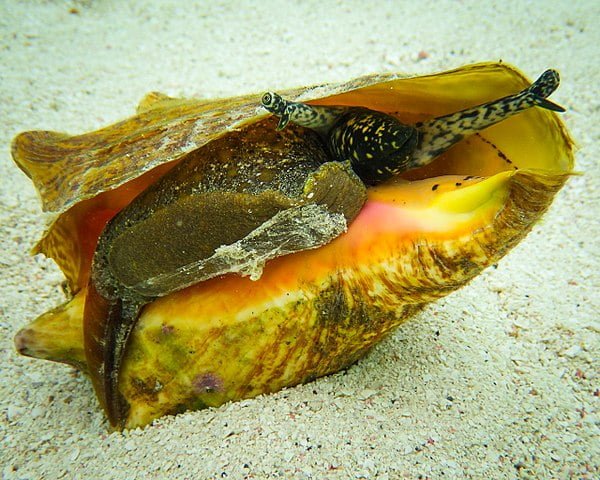Statistics on the employment, production and value of shellfish from Scottish Shellfish Farms.
Marine Scotland Science today published the Scottish Shellfish Farm Production Survey 2021. The publication details statistics on the employment, production and value of shellfish from Scottish Shellfish Farms. It is structured to follow industry trends within the mussel, Pacific oyster, native oyster, queen scallop and scallop species sectors. Some statistics are given for the 10-year period 2012-2021.
Some key figures from this publication are:
- Table production tonnage of mussels increased by 52% from 5,661 tonnes in 2020 to 8,590 tonnes in 2021. This is the highest level of mussel production ever recorded in Scotland.
- Table production of Pacific oyster shells increased by 70% from the 2020 total. Additionally, over 3.5 million shells were produced for on-growing in other waters.
- Employment increased by 1% from 2020, with 303 full, part-time and casual staff employed in 2021.
- Overall estimated first sale value of the industry was calculated to be approximately £9.8 million in 2021, a 61% increase on the 2020 figure.
The full statistical publication can be accessed at: Scottish Shellfish Farm Survey 2021 – gov.scot (www.gov.scot)
Notes:
- The survey is compiled from data collected directly from authorised shellfish farming businesses.
- Official statistics are produced by professionally independent staff – more information on the standards of official statistics in Scotland can be accessed at: Producing Official Statistics – gov.scot (www.gov.scot)
Editor at the digital magazine AquaHoy. He holds a degree in Aquaculture Biology from the National University of Santa (UNS) and a Master’s degree in Science and Innovation Management from the Polytechnic University of Valencia, with postgraduate diplomas in Business Innovation and Innovation Management. He possesses extensive experience in the aquaculture and fisheries sector, having led the Fisheries Innovation Unit of the National Program for Innovation in Fisheries and Aquaculture (PNIPA). He has served as a senior consultant in technology watch, an innovation project formulator and advisor, and a lecturer at UNS. He is a member of the Peruvian College of Biologists and was recognized by the World Aquaculture Society (WAS) in 2016 for his contribution to aquaculture.




